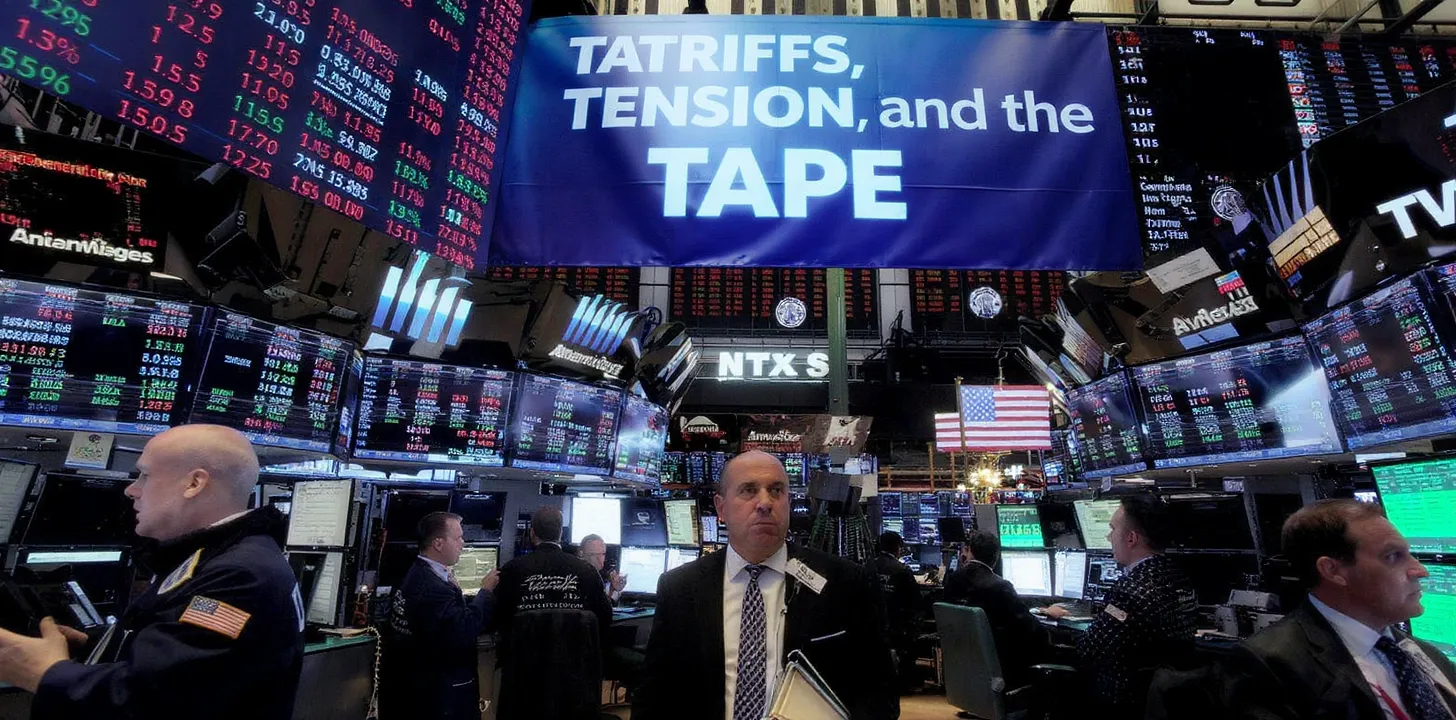NVIDIA’s 2025 Innovations: Pioneering AI, Gaming, and Autonomous Technologies
Introduction: A Transformative Year Ahead for NVIDIA
As we enter 2025, NVIDIA continues to dominate the tech industry, setting new standards in AI, gaming, and autonomous systems. At the recent Consumer Electronics Show (CES) 2025, NVIDIA unveiled several groundbreaking innovations that promise to revolutionize multiple industries. From its next-generation GPUs to advanced AI platforms, the company’s vision for the future is clear: to lead the technological revolution in AI-driven applications and graphics processing.
The GeForce RTX 50 Series: A Leap Forward in Graphics Processing
One of the highlights of NVIDIA’s CES 2025 showcase was the announcement of the GeForce RTX 50 Series GPUs, powered by the Blackwell AI architecture. These GPUs redefine what’s possible in graphics processing by delivering unprecedented performance and efficiency.
- Flagship Model: RTX 5090
The RTX 5090, NVIDIA’s most powerful consumer GPU, is capable of performing 3,352 trillion AI operations per second. This extraordinary power supports AI-driven rendering, enhancing visual fidelity and computational precision in games, simulations, and creative workflows. - AI in Graphics
The RTX Neural Shaders, a new feature powered by AI, dynamically enhance game rendering in real time. By analyzing scenes and intelligently adjusting lighting, textures, and character models, NVIDIA brings lifelike visuals to gaming environments. - Implications for Creators and Developers
For developers and creators, these advancements mean faster rendering times, higher-quality simulations, and the ability to create more immersive virtual worlds. These innovations solidify NVIDIA’s position as the industry leader in GPU technology.
Revolutionizing Gaming: More Than Just Hardware
NVIDIA is not only revolutionizing hardware but also reshaping the gaming experience itself. New AI-powered features promise to make gaming more interactive and immersive than ever.
- Dynamic Game Characters
The integration of AI enables the creation of autonomous characters in games that can adapt and respond to players in real time. This groundbreaking technology transforms non-player characters (NPCs) into intelligent agents, enhancing gameplay realism. - Enhanced Gaming Ecosystem
NVIDIA’s focus on its gaming ecosystem extends to partnerships with game developers, ensuring RTX 50 Series GPUs are fully optimized for next-gen titles. Gamers can expect ultra-realistic visuals, smoother gameplay, and innovative new features.
The Cosmos Platform: Redefining Physical AI
NVIDIA’s ambitions go far beyond gaming. The Cosmos platform represents a leap forward in AI simulation for physical environments, offering significant potential in robotics, autonomous vehicles, and industrial applications.
- Synthetic Data for Training
Cosmos enables the creation of synthetic environments where AI systems can train safely and efficiently. This capability accelerates the deployment of autonomous robots and self-driving vehicles, reducing real-world testing risks and costs. - Applications Across Industries
From automating factory operations to enhancing delivery systems, NVIDIA’s Cosmos platform has widespread applications. Early adopters, such as Uber and Toyota, are already leveraging the technology to scale autonomous solutions.
Strategic Partnerships: Driving the AI Revolution
NVIDIA’s success is rooted in its ability to form strategic partnerships across industries, driving innovation and adoption of AI technologies.
- Automotive Sector
Collaborations with companies like Toyota and Uber underscore NVIDIA’s leadership in autonomous driving solutions. NVIDIA’s hardware and AI capabilities power these companies’ efforts to develop self-driving cars and automated delivery systems. - Enterprise AI Solutions
NVIDIA is also expanding its reach into enterprise AI, partnering with cloud providers to enhance AI workloads. These partnerships allow businesses to access NVIDIA’s AI capabilities on demand.
Financial Outlook: A Strong Year Ahead
Analysts predict a banner year for NVIDIA, with revenues projected to increase by 112% to $129 billion in 2025. This growth is driven by:
- AI Adoption: Demand for NVIDIA GPUs in AI applications, such as machine learning and large language models, is at an all-time high.
- Diversification: The company’s diversification into autonomous systems, enterprise AI, and gaming ensures robust revenue streams across multiple sectors.
- Stock Price Outlook: NVIDIA’s stock is expected to maintain its upward trajectory, with analysts forecasting a potential price target of $900 per share by the end of 2025. This optimism is fueled by the company’s leadership in high-growth markets.
Conclusion: NVIDIA’s Role in Shaping the Future
NVIDIA’s innovations in 2025 reaffirm its position as a technological pioneer. From transforming gaming to revolutionizing AI-driven systems, the company continues to lead the way in shaping the future of technology. As industries adopt NVIDIA’s cutting-edge solutions, the company’s influence will only grow, making 2025 a year to watch for NVIDIA and its stakeholders.



